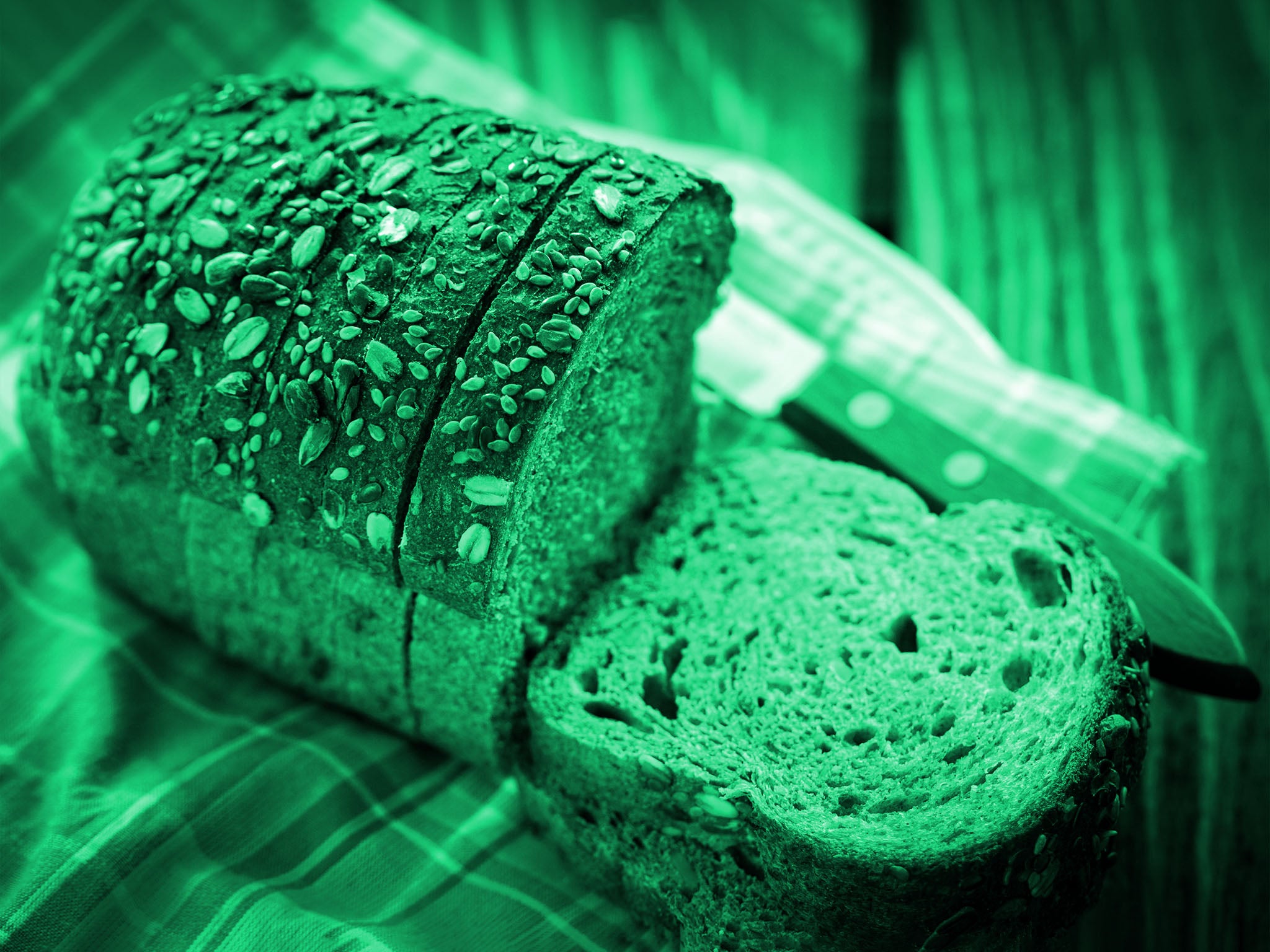Critical roll: Is bread bad for the environment?

Your support helps us to tell the story
This election is still a dead heat, according to most polls. In a fight with such wafer-thin margins, we need reporters on the ground talking to the people Trump and Harris are courting. Your support allows us to keep sending journalists to the story.
The Independent is trusted by 27 million Americans from across the entire political spectrum every month. Unlike many other quality news outlets, we choose not to lock you out of our reporting and analysis with paywalls. But quality journalism must still be paid for.
Help us keep bring these critical stories to light. Your support makes all the difference.
Bread is a staple food and variations of the popular food item have appeared everywhere in the world, from Middle Eastern pita to Central American tortillas and Ethiopian injera. In the UK alone an estimated 12 million loaves are sold every day.
But food production and consumption cause approximately one-third of total greenhouse gas emissions, and bread is a major part of this.
How is bread bad for the environment?
A 2017 University of Sheffield study calculated the environmental impact of a loaf of bread – from the farm to the shop shelf – and which part of its production contributes the most greenhouse gas.
In their life cycle analysis, the researchers found that a loaf of bread emits about a half-kilo of carbon dioxide.
The research showed ammonium nitrate fertiliser used in wheat cultivation contributes almost half (43 per cent) of the greenhouse gas emissions – dwarfing all other processes in the supply chain.
Dr Liam Goucher, who carried out the study, said: “Consumers are usually unaware of the environmental impacts embodied in the products they purchase - particularly in the case of food, where the main concerns are usually over health or animal welfare.
“There is perhaps awareness of pollution caused by plastic packaging, but many people will be surprised at the wider environmental impacts revealed in this study.
“We found in every loaf there is embodied global warming resulting from the fertiliser applied to farmers’ fields to increase their wheat harvest.
“This arises from the large amount of energy needed to make the fertilizer and from nitrous oxide gas released when it is degraded in the soil.”
There are growing concerns about pollution from plastic packaging around food, as well as wider environmental issues including transport.
How can we reduce the environmental impact of a loaf?
Reducing the amount of bread wasted is a key first step. Approximately 24 million slices of bread are thrown away in the UK every day as a result of people not using their bread in time and nearly one-third of UK households admitted they end up throwing away food on a weekly basis.
Invest in a bread bin that will keep your bread fresher for longer, freeze loafs and rolls and take them out as needed, and toast bread straight from the freezer.
According to research conducted by charity organisation Wrap, the amount of bread wasted by the nation could be drastically reduced if every person in the UK wasted three fewer slices of bread a week.
What about agribusiness?
Professor Peter Horton, a co-author of the University of Sheffield study, said nitrogen use needs to be reduced significantly.
He added: “Our findings bring into focus a key part of the food security challenge – resolving the major conflicts embedded in the agri-food system, whose primary purpose is to make money, not to provide sustainable global food security.
“With over 100 million tonnes of fertiliser used globally each year to support agricultural production this is a massive problem, but environmental impact is not costed within the system and so there are currently no real incentives to reduce our reliance on fertiliser.”
Is organic bread the answer?
A New Scientist article outlines how organic farms use far more land per loaf than conventional farming which could be “set aside for wildlife or used for biomass energy.”
Roger Sylvester-Bradley of agricultural research company ADAS says that if farmers grow nitrogen-capturing legumes and spread them on fields as a “green fertiliser”, nitrous oxide is still released.
He adds that ploughing soils that are rich in organic matter also releases lots of carbon, he says.
Join our commenting forum
Join thought-provoking conversations, follow other Independent readers and see their replies
Comments